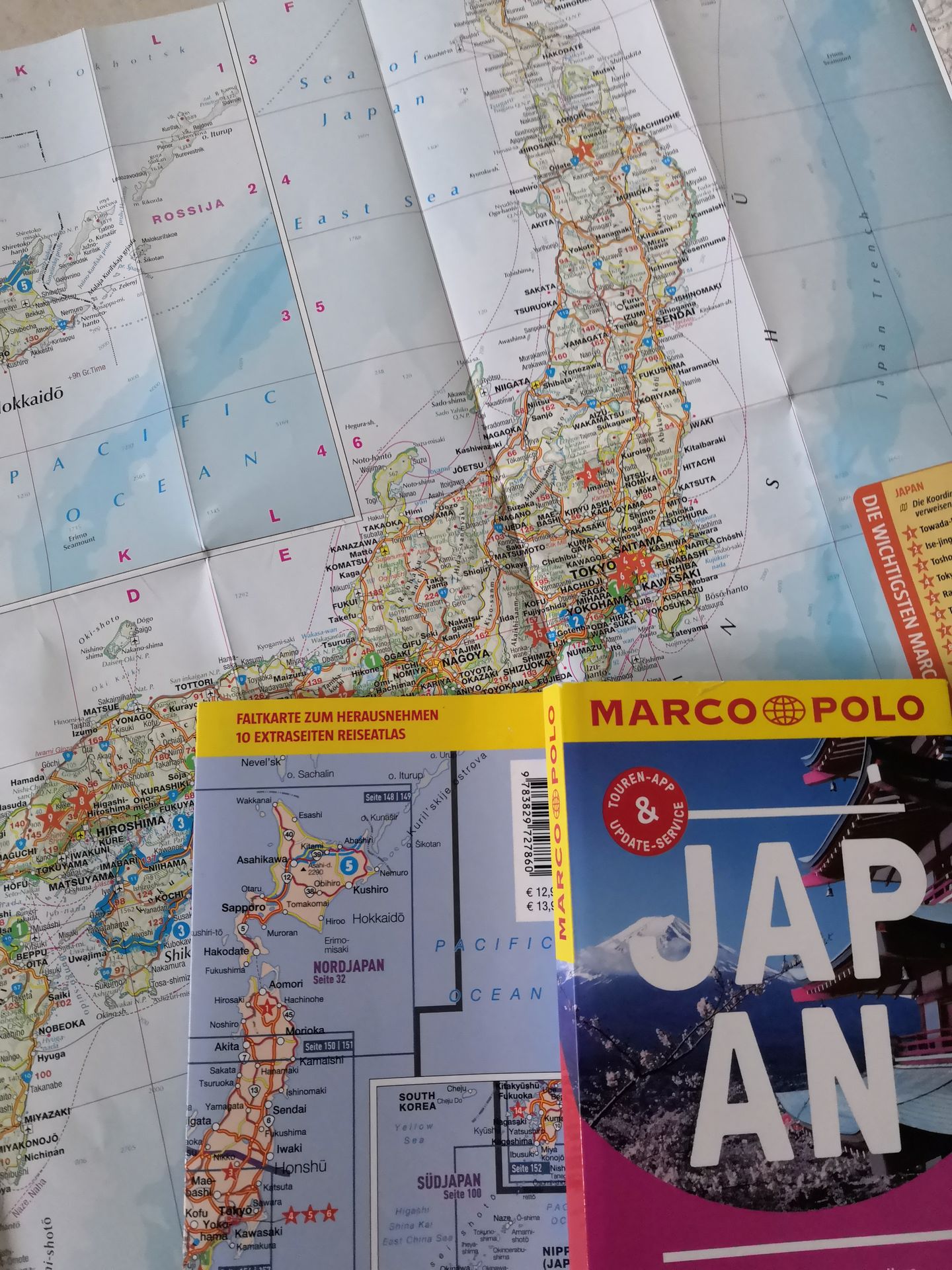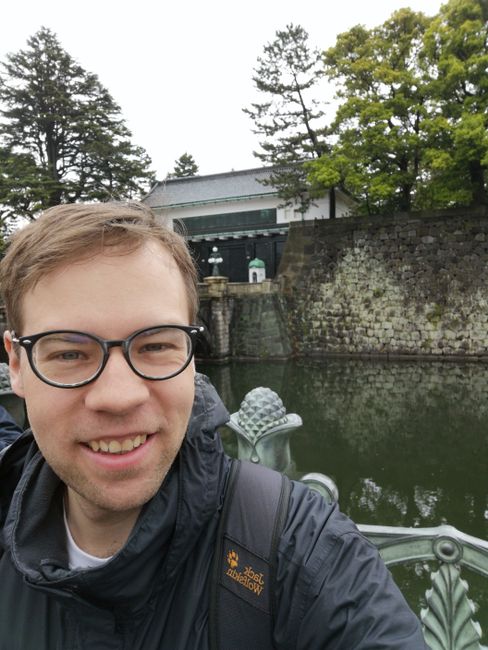3.5.2019 Nikko - the World Heritage not just as cities
Birt: 03.05.2019
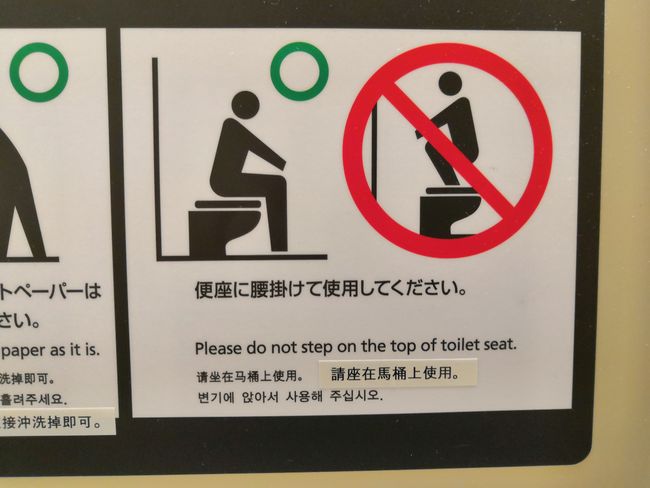
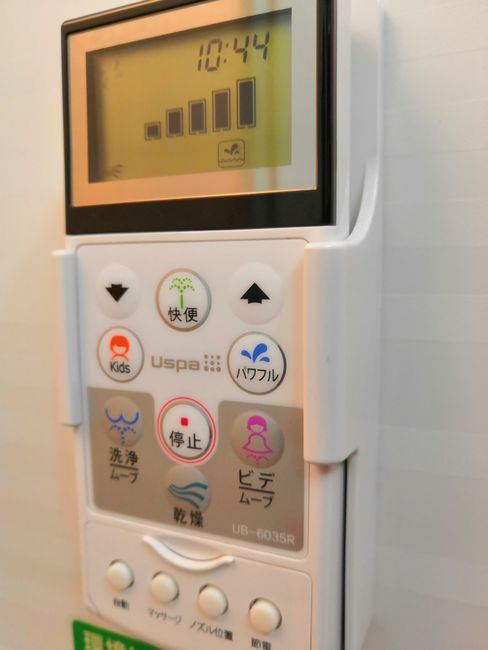
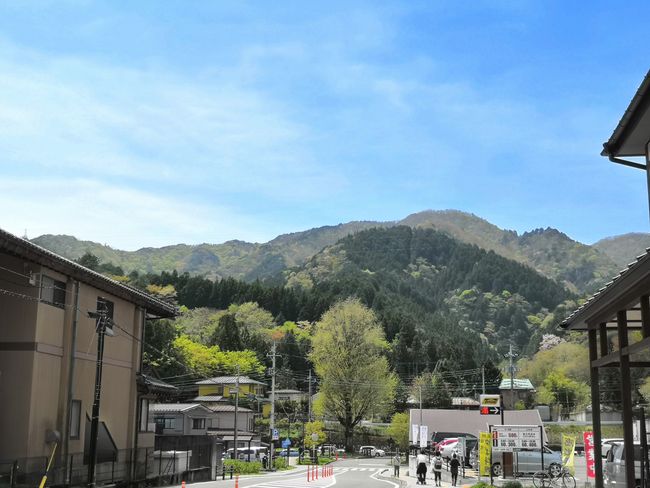
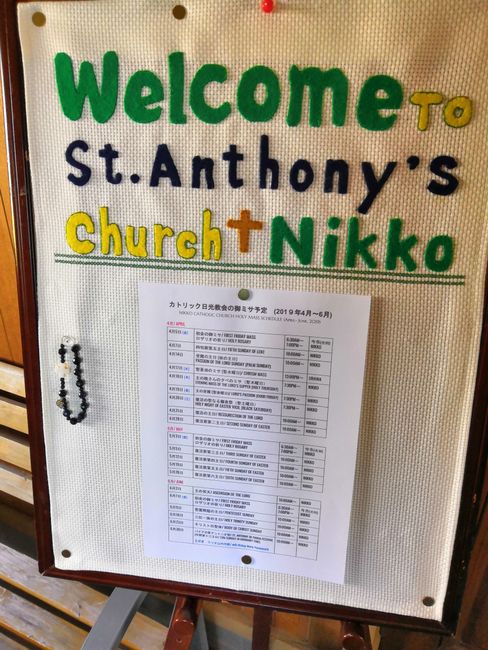
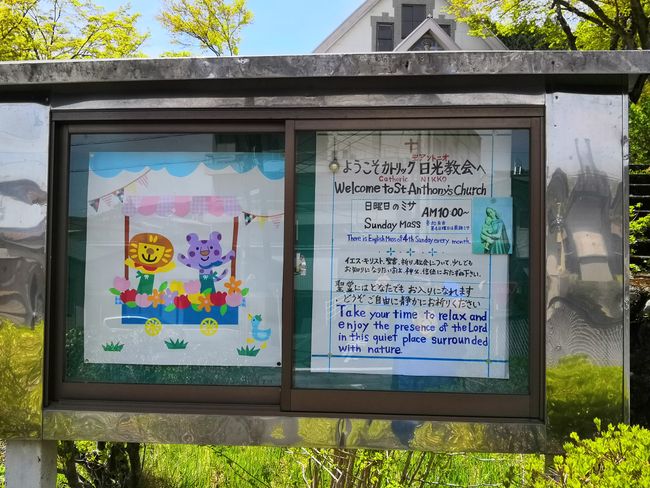
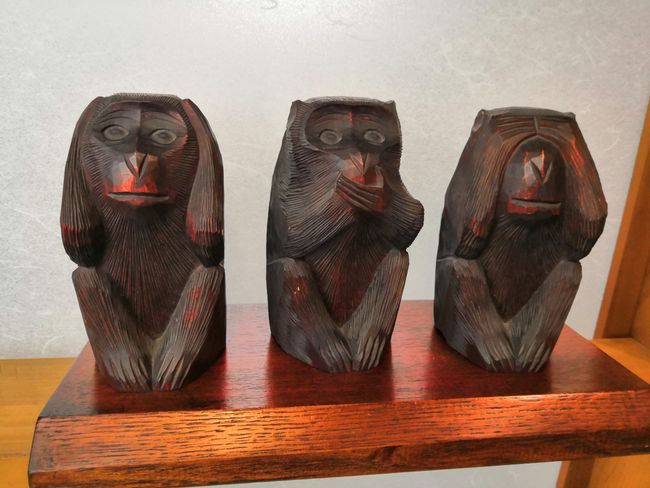
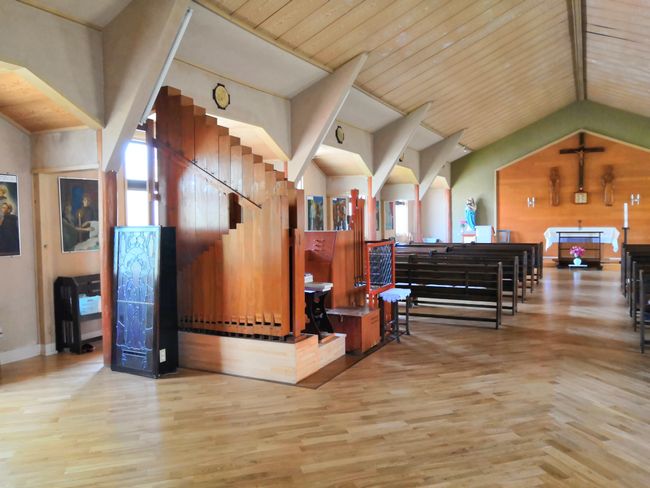
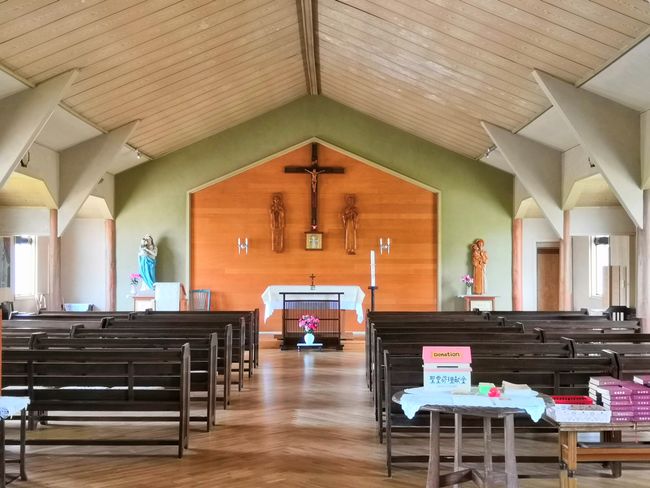
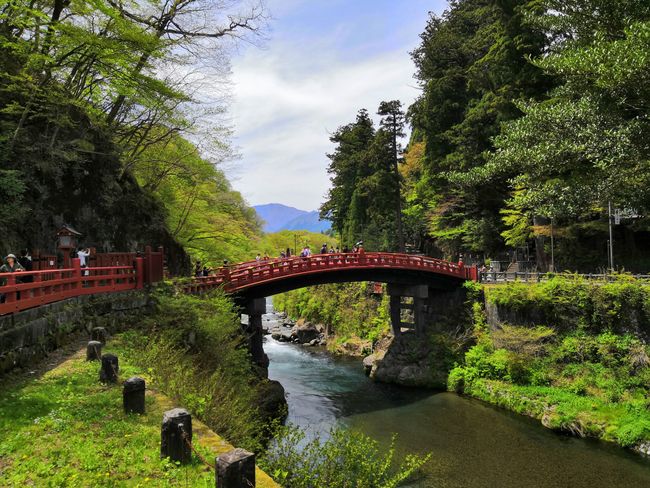
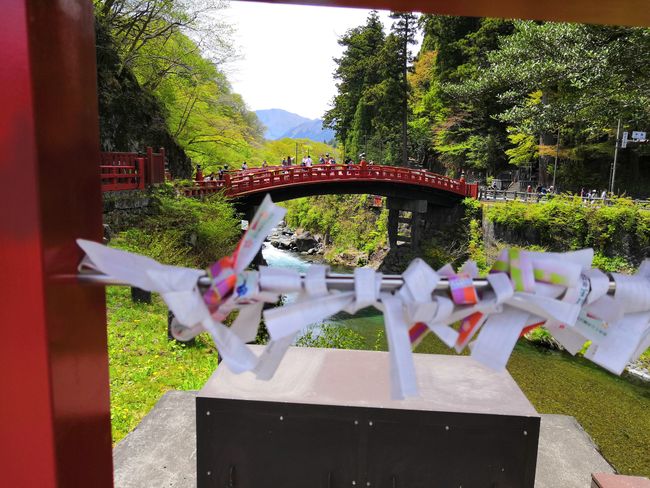
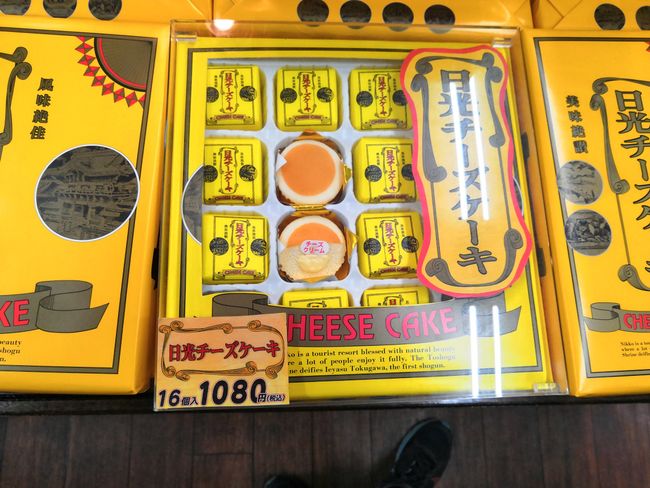
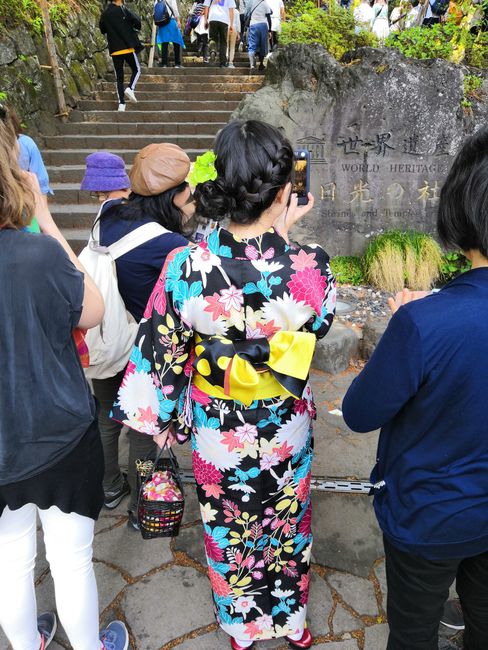
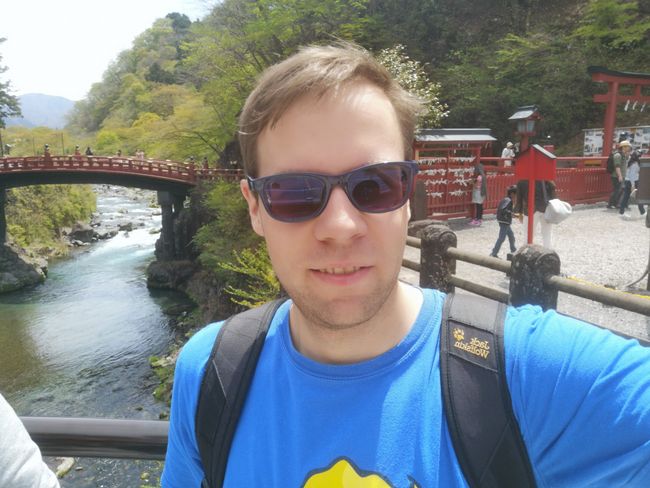
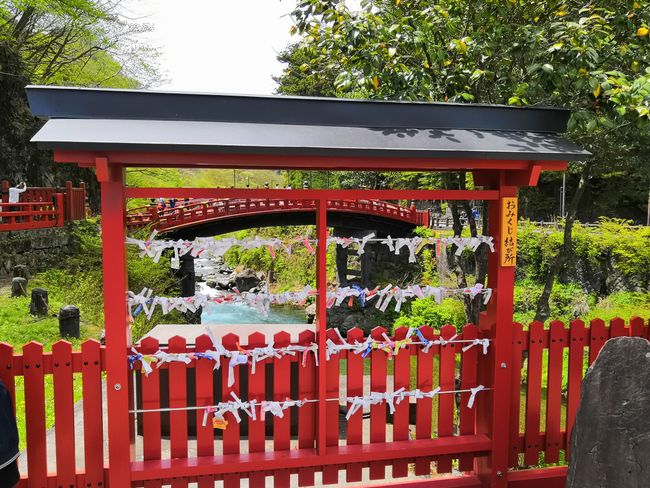
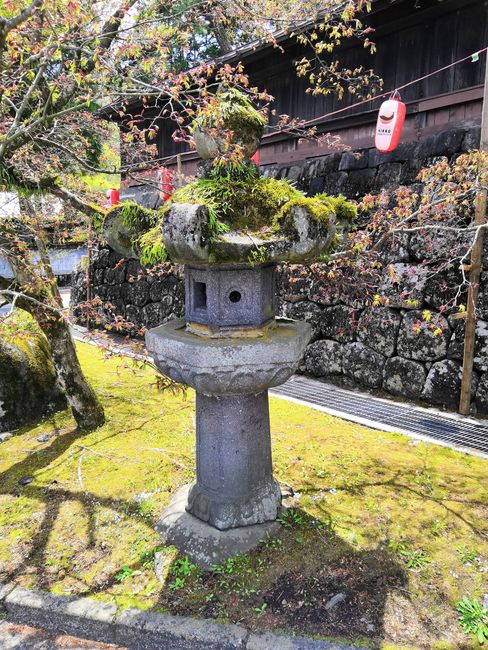
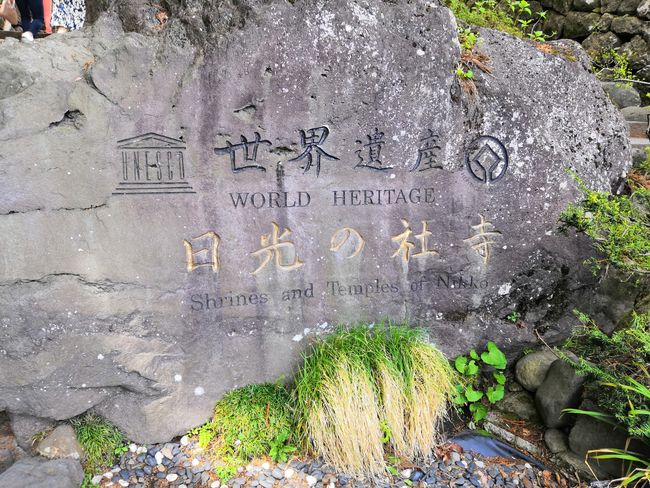
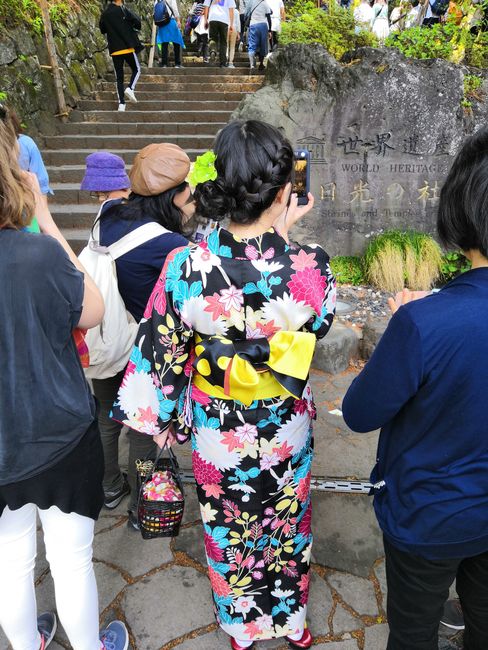
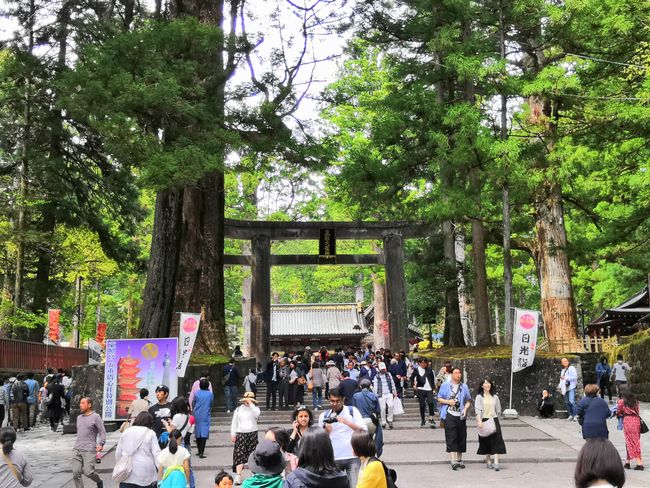
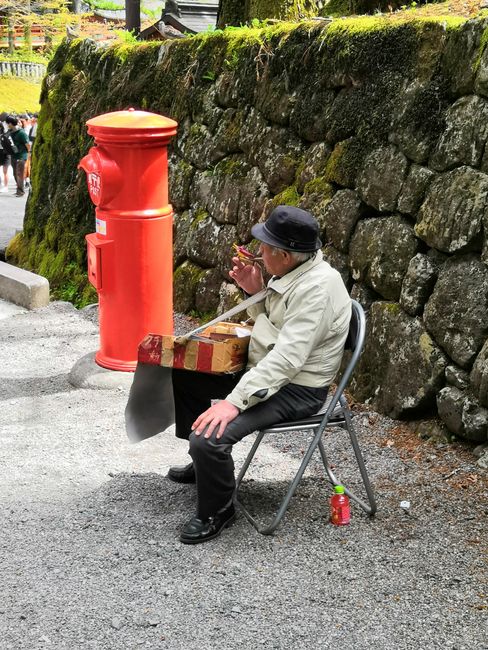
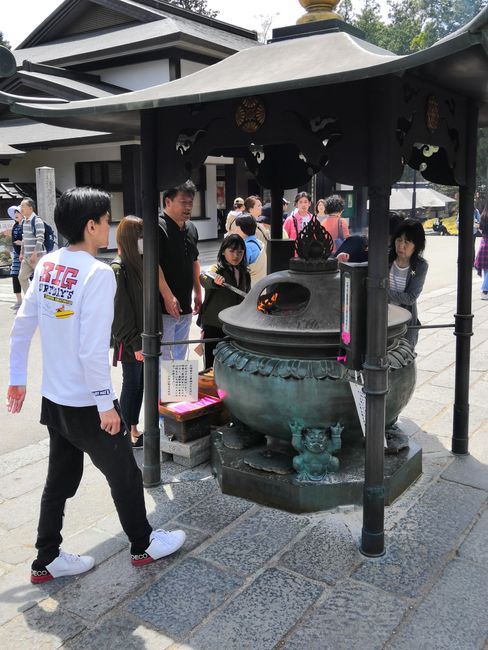
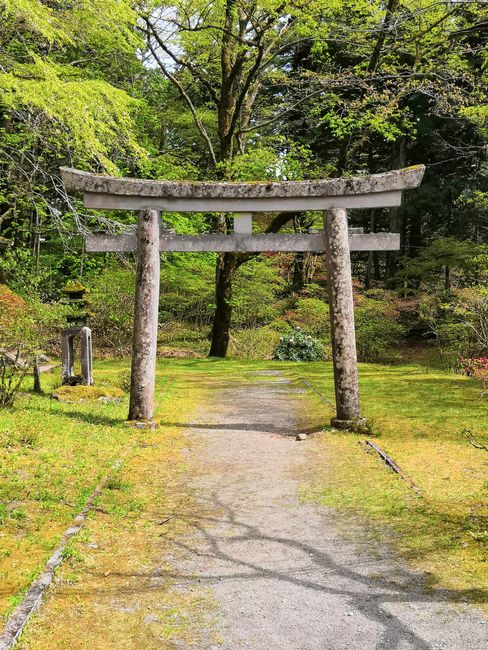
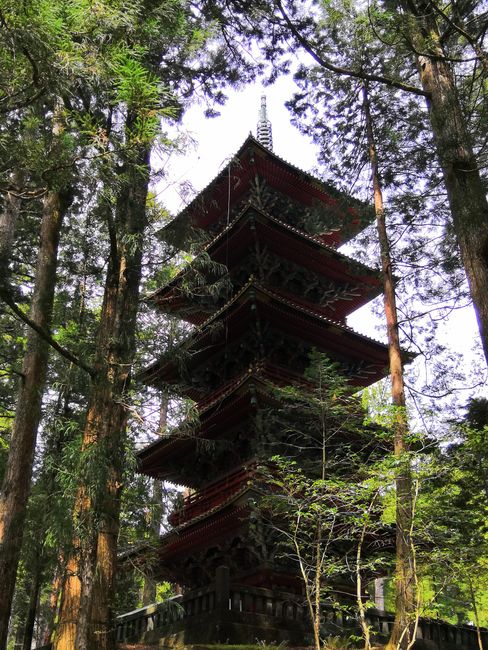
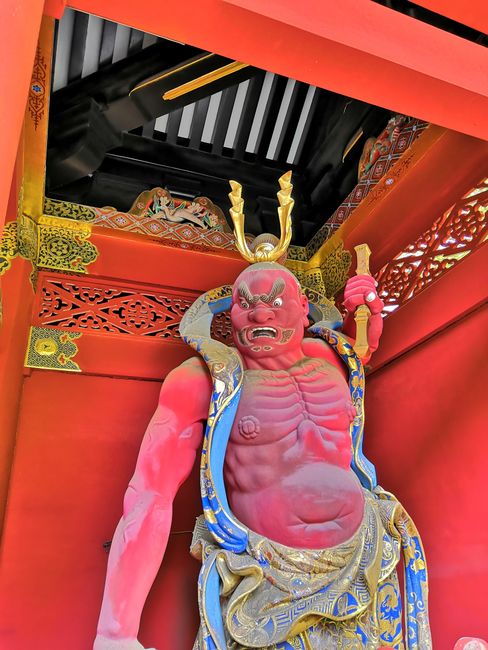
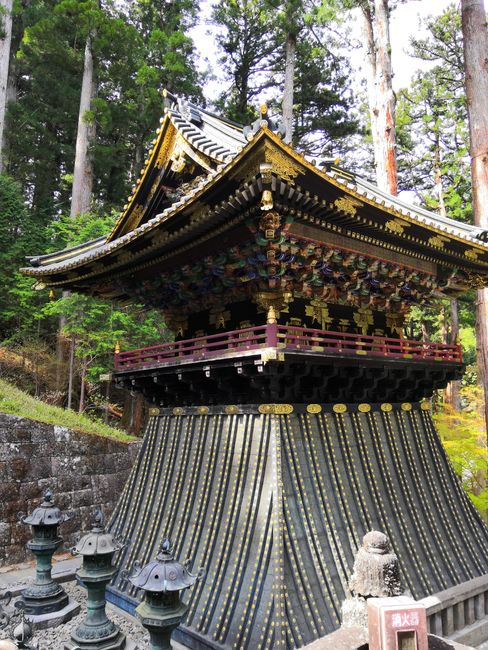
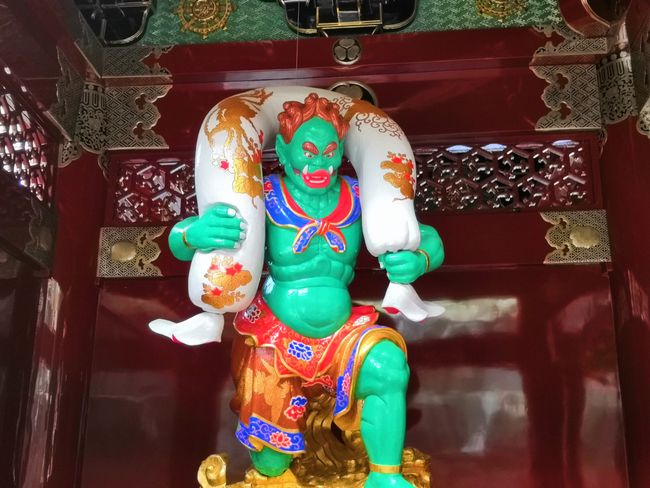
Gerast áskrifandi að fréttabréfi
Konichiwa, today we are starting after a small breakfast here in the hostel. But first a small article about something here in Japan that I will miss in Germany, the toilets. I am talking about the functionality of the toilets. They can do so much that sometimes you don't even know what all the buttons are for. It starts with opening the lid and sitting down, and then the toilet seat is at a certain temperature and invites you to try out other things that are available in the toilet. One of those things is the music function, which I find very cool, but I use it differently than many Japanese people. Many Japanese people find their body sounds unpleasant, so there is a function to play music while using the toilet. But I have also seen toilets that can play music playlists from your phone, and that was cool and fun. In addition, there is a function where you can play games on a display, but then the time in the toilet becomes very long for the person waiting for a free stall. The clean flush function takes some getting used to, but thanks to the jet control, which allows you to select the temperature, it is even fun to further explore this function with a joystick. Bidet function, dryer function, emergency call function, and so on, are also available in the toilets. That's all for this little chapter of toilet history. I'm heading to the World Heritage site for which Nikko is very famous in Japan and attracts many tourists every day. I had to fight my way through crowds of tourists, as apparently all of Japan wants to visit the famous shrines. The Buddhist shrines in Nikko are even World Heritage sites, and now I can say rightfully so. The abundance of small and large shrines, Shogun temples, a Buddhist monastery, and lots of forest and influence that guide you through all the sanctuaries are truly impressive. In a Japanese shrine, things go like this. First, a piece of paper with all the negative things written on it is burned at the entrance. The smoke that is created by burning this paper is briefly inhaled, and then the hands and mouth are washed with holy water, so that one is cleansed from the inside and the outside and can enter the inner sanctuary. In the case of Nikko, there are three huge golden Buddhas, which can be called attention to by clapping twice, and then one can fold their hands and say a prayer to these Buddhas. After that, there is the opportunity to write a personal dedication in a holy book with a Buddhist priest, and for that, one gives him an offering. Of course, followers and other devotional items can be purchased. What fascinated me was not necessarily the ceremony itself, but rather the complex itself. Huge temple complexes that are always surrounded by beautifully designed gardens, absolute peace, and at the same time a babbling brook, which for me was a very nice relaxation to follow. It was worth going to Japan just for that. One can feel the centuries-old tradition and the paths that have often been taken in history. Tomorrow we will go to Kyoto, a city that represents the old Japan and at the same time competes with Edo, also known as Tokyo.
Gerast áskrifandi að fréttabréfi
Svaraðu (2)
Marvin
Klo und Shogun auf einer Seite. Was hätte der alte Tokugawa Yeyasu dazu gesagt!
wunderbar, was du alles erlebst. Hast du in deine heilige Schrift, die Bibel, einen buddhistischen Eintrag machen lassen?mrwolkenmaxi
Leider nicht beim Ausflug dabei gehabt :(